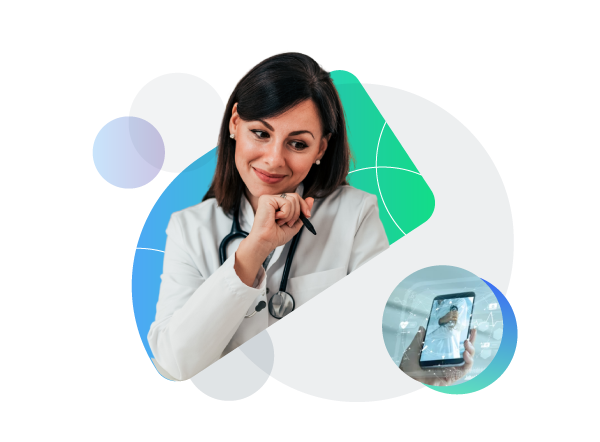Clinical Enhancement & Optimization
Solutions that improve clinical workflows, support clinical decision-making, and optimize patient care delivery
The Clinical Enhancement & Optimization domain covers clinician-facing digital platforms, solutions, and technologies designed to automate or enhance specific clinical activities for patient care and management. These tools aim to improve clinical workflows, support clinical decision-making, and optimize patient care delivery. By streamlining processes and providing real-time data insights, these solutions help healthcare providers deliver high-quality, efficient care.

What is Clinical Enhancement and Optimization?
Clinical Enhancement & Optimization refers to the suite of digital solutions that assist healthcare professionals in various clinical tasks. This includes platforms that facilitate patient care from admission to discharge, software that provides evidence-based clinical guidance, and tools that automate routine clinical processes. The primary goal of these solutions is to enhance the efficiency and effectiveness of clinical operations, reduce the risk of errors, and improve patient outcomes.
Key Characteristics
- Workflow Automation: A key characteristic of this domain is the automation of clinical workflows. Solutions such as Transitional Care Management Software automate the coordination of care activities, ensuring smooth transitions between different care settings and optimizing patient throughput.
- Real-Time Data Monitoring: Clinical Surveillance Software and other similar tools provide real-time monitoring of patient data, allowing healthcare providers to quickly identify and respond to clinical risks and adverse events. This capability is crucial for proactive patient management and timely interventions.
- Enhanced Care Coordination: Solutions like Transitional Care Management Software and Referral Management facilitate the seamless transfer of patient information and coordination between healthcare providers. This ensures continuity of care and minimizes the risk of information loss during transitions.
- Evidence-Based Decision Support: Clinical Decision Support Software (CDSS) systems provide clinicians with personalized, evidence-based recommendations at the point of care. By analyzing patient data, these systems offer guidance on diagnostics, treatment plans, and risk assessments, supporting informed clinical decisions.
- Efficient Clinical Processes: Digital Rounding Software and Digital Patient Screening tools streamline routine clinical tasks, such as patient assessments and health status documentation. These solutions improve the efficiency of clinical processes, freeing up valuable time for healthcare providers.
- Infection Control and Prevention: Infection Control & Prevention Software focuses on monitoring and managing infections within healthcare settings. By tracking infection data and trends, these systems help prevent the spread of infectious diseases and improve patient safety.
Why It Matters
The Clinical Enhancement and Optimization domain is critical for improving the quality and efficiency of patient care. By automating routine tasks and providing real-time insights, these solutions reduce the administrative burden on healthcare providers and allow them to focus more on direct patient care. The use of evidence-based decision support tools enhances the accuracy of clinical decisions, leading to better patient outcomes and reduced risk of errors. Moreover, efficient care coordination and seamless information transfer ensure that patients receive comprehensive and continuous care, regardless of the setting. In addition, infection control and prevention tools play a vital role in maintaining a safe healthcare environment, protecting both patients and staff.
Examples of Solutions:
- Clinical Decision Support Software (CDSS): Provides evidence-based clinical guidance at the point of care.
- Infection Control & Prevention Software: Monitors and prevents the spread of infections in healthcare settings.
- Transitional Care Management Software: Enables timely and efficient patient transfers between care settings.
These technologies empower healthcare providers with the tools they need to deliver optimal patient care, streamline clinical workflows, and enhance overall healthcare delivery.
